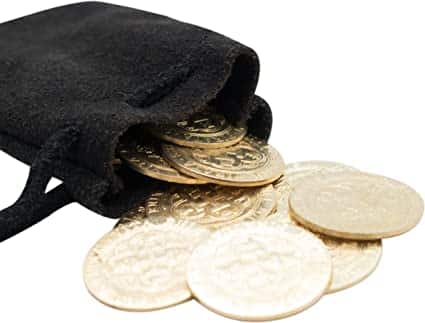This fall I am teaching three courses at two small colleges here in Maryland. Two sections are the same class, at one institution, and a third similar course at another college. All are in-person, on campus sections. For years now, I have been slowly tinkering with ideas about how school, college in particular, is already a kind of game–a terribly designed, punishing, and altogether un-fun kind of game. I’ve thought for a long time about how to alter the ‘mechanics’ of college courses and college in general to create a more satisfying, motivating, and engaging experience for students. I’ve finally had the opportunity to implement and administer something, and yes, I’ve started small.
I’m teaching these courses for the first time at both institutions, and so I have inherited a lot of material and assignments. Apart from the content of the course, one of the key ‘mechanics’ that faculty typically have total control over is their late work policy. Because that policy and procedure is a small, self-contained element of a course, I decided to design a late-work policy and procedure that was informed by game mechanics.
To begin with, I set what I consider to be a relatively harsh late-work standard. For any assignment turned in late, a 20 percent per day late penalty will apply. This means that anything more than five days late and any assignment becomes effectively worthless.
The second piece I designed was based around physical plastic coins–Spanish dubloons to be exact! Throughout the class, students have opportunities to earn these coins simply by participating. I award coins at my discretion for things like speaking up, asking or answering questions that come up during a lecture, or by sharing their work in progress during the class. I have run Kahoot quizzes and awarded coins for the first, second, and third place students (three, two, and one coin respectively).

Finally, the coins have a value in a menu I developed and published as part of the late work policy. Essentially, students can exchange the coins for leniency against the strict late work policy, or extra credit. For instance, a student recently exchanged four coins to eliminate a four-day late work penalty. A pretty great deal for that student, in my view.
For those students who never feel the need to invest their coins in a better grade (because they turn their work in on time) I offer a few little prizes like pens, highlighters, stickers, and enamel pins for ‘purchase’ with the same coins. It’s Halloween here in the US quite soon, so I will bring in a big bag of trick or treat candy next week and offer these for a coin each.
It is currently the end of week 7 in a 15 week term for both institutions. So far I have handed out about 100 coins across the three classes. I’m not keep an exact count, but I believe that the most any one student has received is five or six. At this point, I have recouped about 18 coins. Roughly half have been in exchange for some stickers, while the others were to compensate for late work.
At the end of the semester, I’ll run a survey and compile some statistics about this project to summarize and measure its impact. Of course, it is difficult to make direct comparisons without a perfect control group, but I am hoping that I can observe some kind of awareness of the ‘investment’ that students are able to make in their own success.